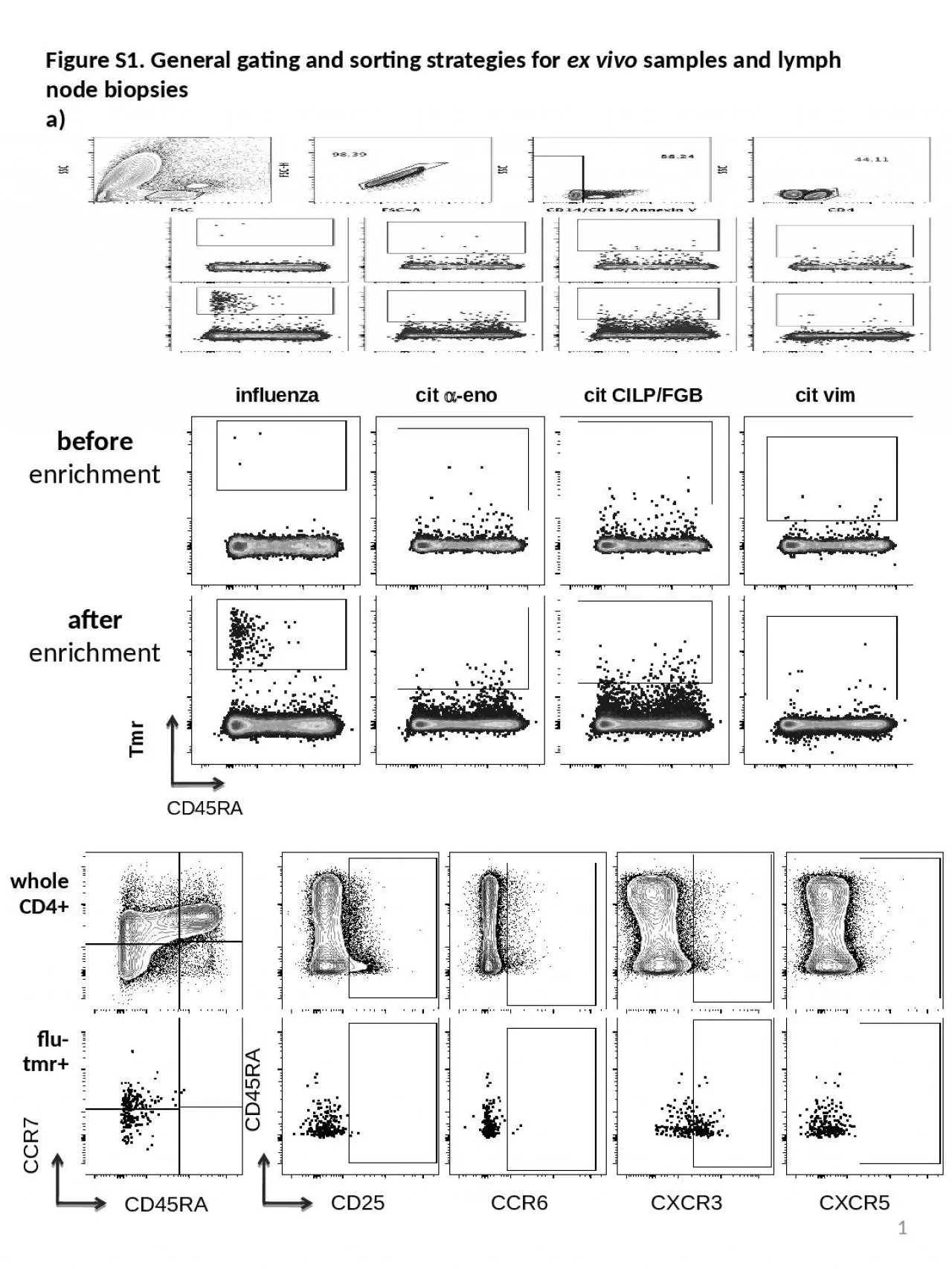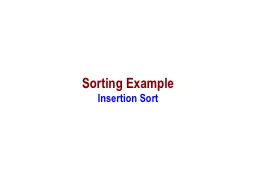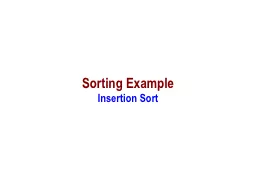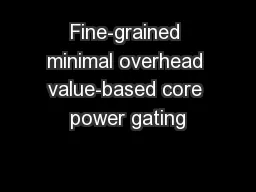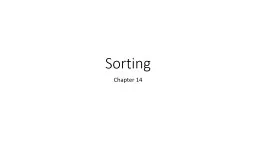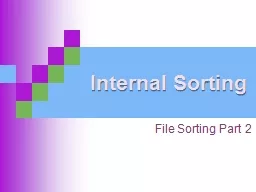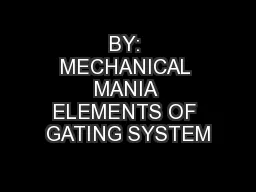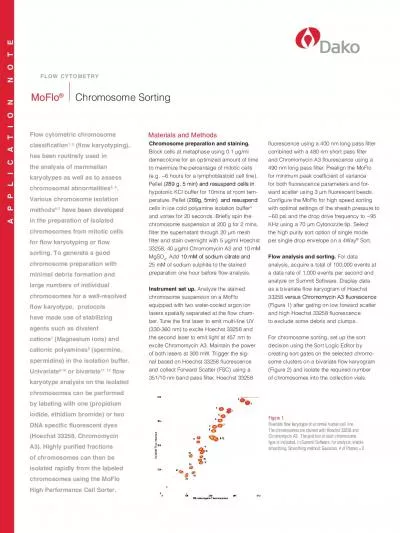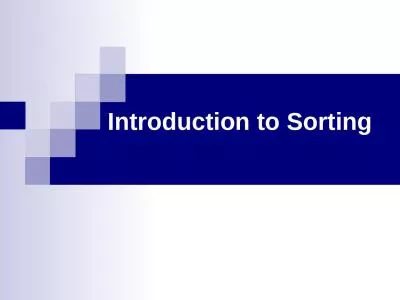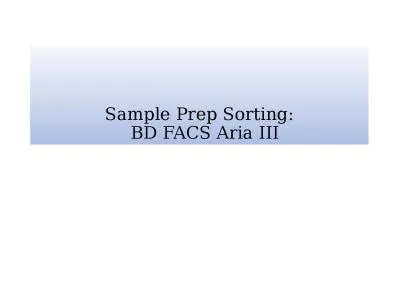PPT-Figure S1. General gating and sorting strategies for
Author : dora | Published Date : 2024-02-02
ex vivo samples and lymph node biopsies a Tmr CD45RA cit vim cit a eno cit CILPFGB influenza CCR7 CD45RA CD45RA CD25 whole CD4 flu tmr CCR6 CXCR3 CXCR5 1
Presentation Embed Code
Download Presentation
Download Presentation The PPT/PDF document "Figure S1. General gating and sorting st..." is the property of its rightful owner. Permission is granted to download and print the materials on this website for personal, non-commercial use only, and to display it on your personal computer provided you do not modify the materials and that you retain all copyright notices contained in the materials. By downloading content from our website, you accept the terms of this agreement.
Figure S1. General gating and sorting strategies for: Transcript
Download Rules Of Document
"Figure S1. General gating and sorting strategies for"The content belongs to its owner. You may download and print it for personal use, without modification, and keep all copyright notices. By downloading, you agree to these terms.
Related Documents

